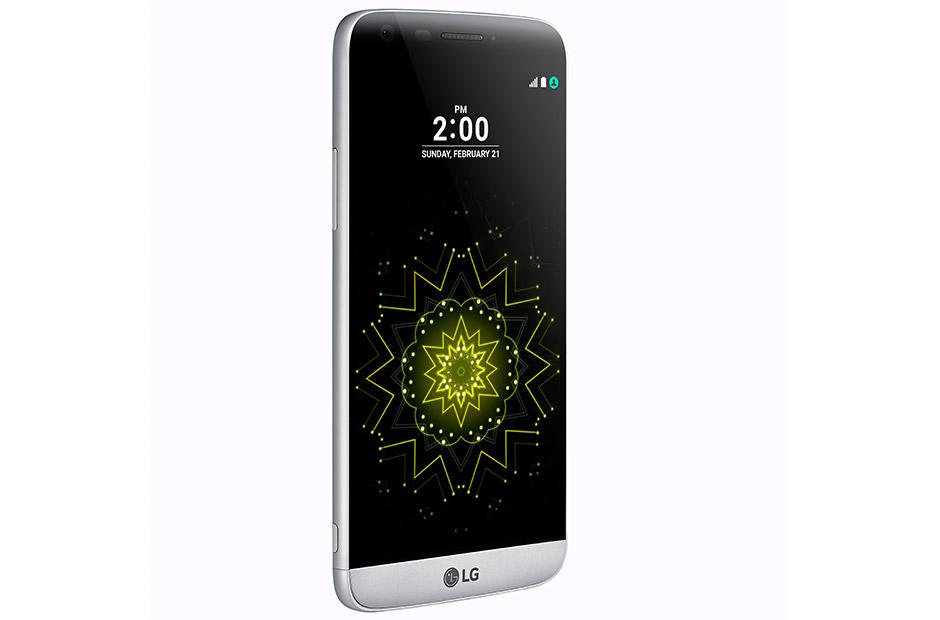Arti Vs9872ca
Serum staining Non-specific staining of retained serum with vessels is commonly seen, but on close inspection it can easily be distinguished from bound C4d on the endothelium. Download ai no kusabi indo sub 3gp. 'True' positive C4d staining will show crisper, more linear and circumferential staining. 'False' serum staining may also show 'bubbles' or curved edges projecting into the lumen. Arteries Arteries have an internal elastic lamina that often stains with C4d.
A step by step tutorial on how to diagnose antibody-mediated rejection (AMR) on endomyocardial biopsy, as presented by the Society for Cardiovascular Pathology.
On one hand, this can be seen as a helpful internal positive control, but should not be taken as evidence of AMR. Connective tissue / elastic Any staining of the interstitium should be ignored, although in severe AMR this may represent damage to the microvasculature and leakage of plasma proteins. Elastin fibers may be prominent beneath the endocardium or in areas of scarring and may fracture during microtomy and spread across the tissue sections. These fibers often stain strongly with C4d. Sarcolemma Occasionally, there is membranous staining of myocytes.
This is not considered to be evidence for AMR and should be ignored. Ischemia Ischemic myocytes will generally show strong staining for C4d throughout the entire cell. Nc plot 2. This can also be seen in non-transplanted hearts as well. Correlation with the H&E stained sections is helpful in confirming foci of early ischemic injury. This is most often seen in the first weeks after transplant or later on in patients with CAV. CD68 staining may also be seen in areas of recent ischemic injury, but macrophages are localized to the interstitium rather than intravascularly.
Quilty effect Endocardial lymphocyte aggregates or are discussed in the ACR tutorial. C4d staining of Quilty lesions is largely limited to the endocardium where it is often linear and may extend beyond the margins of inflammation. Capillary C4d deposition has been associated with Quilty effect, but is usually focal, so not considered significant in the ISHLT WF. Autofluorescence The main potentially confounding artifact in frozen tissue immunofluorescence is autofluorescence, or the broad spectrum emission spectra of naturally occurring cellular materials. H&E stained frozen sections should be performed to appreciate the relative amounts of myocardium, endocardium and connective tissues sampled prior to assessing immunofluorescent stains. Positive and negative control tissue stains can also be helpful in assessing this. Lipofuscin Lipofuscin pigment is often present in cardiac myocytes, appearing and as brown granules in the sarcoplasm often with perinuclear clustering by light microscopy.


By fluorescence microscopy the granules demonstrate strong autofluorescence. While primarily intracellular, lipofuscin may migrate during the frozen section processing and may also be taken up by macrophages.